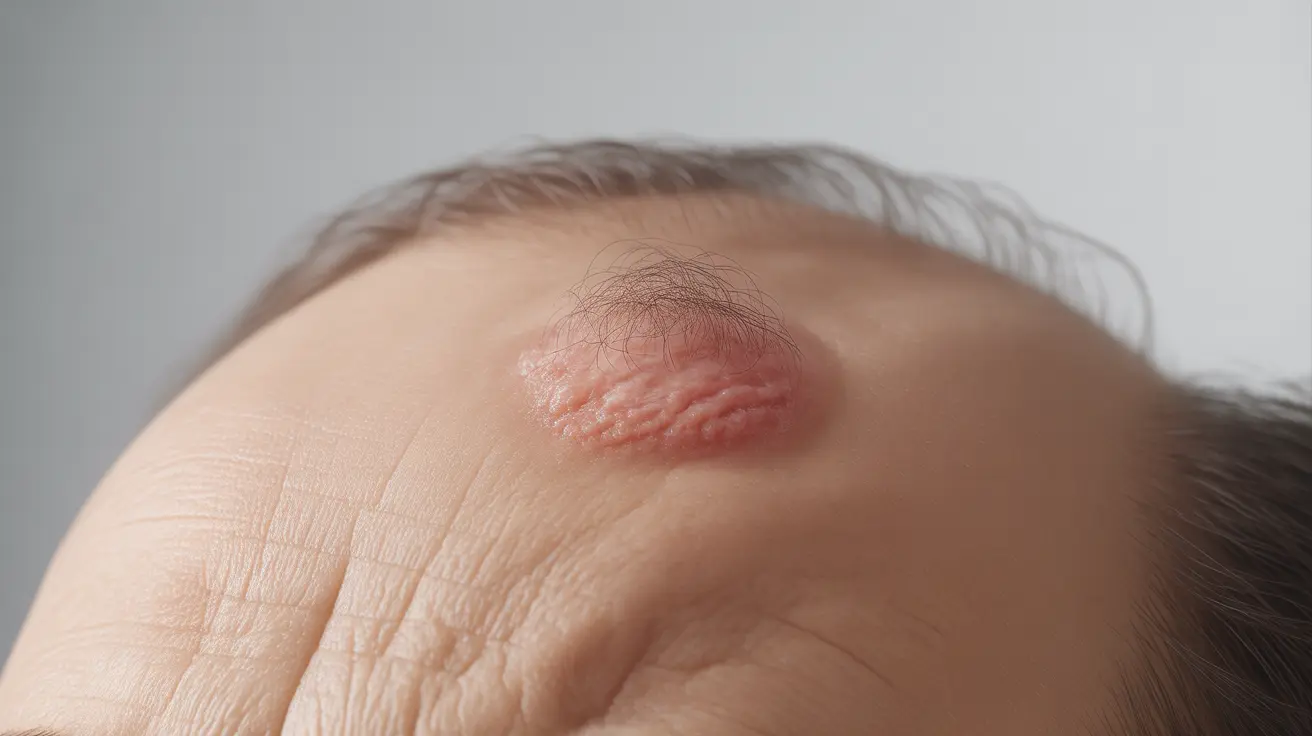Dealing with an ingrown hair on the scalp can be both uncomfortable and concerning. These small but troublesome bumps occur when hair grows back into the skin instead of rising up from the follicle, potentially causing irritation, inflammation, and discomfort. Understanding how to identify, treat, and prevent scalp ingrown hairs is crucial for maintaining healthy skin and hair.
While ingrown hairs can affect anyone who removes or maintains their scalp hair, certain individuals may be more susceptible to this condition. This comprehensive guide will help you understand everything you need to know about managing ingrown hairs on your scalp effectively.
Understanding Scalp Ingrown Hairs
An ingrown hair on the scalp develops when a hair follicle becomes trapped beneath the skin's surface instead of growing outward normally. This commonly occurs after hair removal practices like shaving, particularly when the hair is curly or coarse, as these hair types are more prone to growing back into the skin.
Risk Factors and Common Causes
Several factors can increase your likelihood of developing scalp ingrown hairs:
- Tight, curly hair texture
- Frequent close shaving or hair removal
- Improper shaving techniques
- Dead skin cell buildup
- Wearing tight headwear that causes friction
Identifying Symptoms
Recognizing the signs of an ingrown hair on your scalp is the first step toward proper treatment. Common symptoms include:
- Small, round bumps on the scalp
- Tenderness or pain in the affected area
- Itching or burning sensation
- Redness and inflammation
- Small pustules or fluid-filled sacs
- Visible trapped hair beneath the skin's surface
Treatment Options
Home Remedies
Many scalp ingrown hairs can be effectively treated at home using these methods:
- Warm compresses to reduce inflammation
- Gentle exfoliation to remove dead skin cells
- Tea tree oil application for its antimicrobial properties
- Over-the-counter hydrocortisone cream for inflammation
- Avoiding picking or scratching the affected area
Medical Treatment
For more severe or persistent cases, professional medical treatment may be necessary. A healthcare provider might recommend:
- Prescription antibiotics for infection
- Topical retinoids to prevent future occurrences
- Steroid treatments for inflammation
- Professional extraction of deeply embedded hairs
Prevention Strategies
Taking proper preventive measures can significantly reduce your risk of developing scalp ingrown hairs:
- Use sharp, clean razors when shaving
- Shave in the direction of hair growth
- Exfoliate regularly to prevent dead skin buildup
- Keep the scalp clean and moisturized
- Consider alternative hair removal methods
- Allow hair to grow slightly longer between shaving sessions
Frequently Asked Questions
What causes ingrown hairs on the scalp and who is most likely to get them? Ingrown hairs on the scalp are primarily caused by improper hair removal techniques, tight curly hair, and dead skin cell buildup. People with coarse or curly hair, those who frequently shave their heads, and individuals with sensitive skin are most likely to develop this condition.
What are the common symptoms of ingrown hairs on the scalp? Common symptoms include small, raised bumps, redness, itching, tenderness, and visible trapped hairs beneath the skin. Some people may also experience inflammation and small pustules in the affected area.
How can I safely treat ingrown hairs on my scalp at home? Safe home treatments include applying warm compresses, gentle exfoliation, using tea tree oil, applying over-the-counter hydrocortisone cream, and keeping the area clean. Avoid picking or scratching at the ingrown hair.
What are the best ways to prevent ingrown hairs when shaving or removing scalp hair? Prevention methods include using sharp, clean razors, shaving in the direction of hair growth, regular exfoliation, maintaining proper scalp hygiene, and considering alternative hair removal methods. It's also helpful to let hair grow slightly longer between shaving sessions.
When should I see a doctor for an ingrown hair on my scalp? Seek medical attention if you experience severe pain, spreading redness, persistent inflammation, signs of infection (such as warmth or pus), or if the condition doesn't improve with home treatment after several days.




